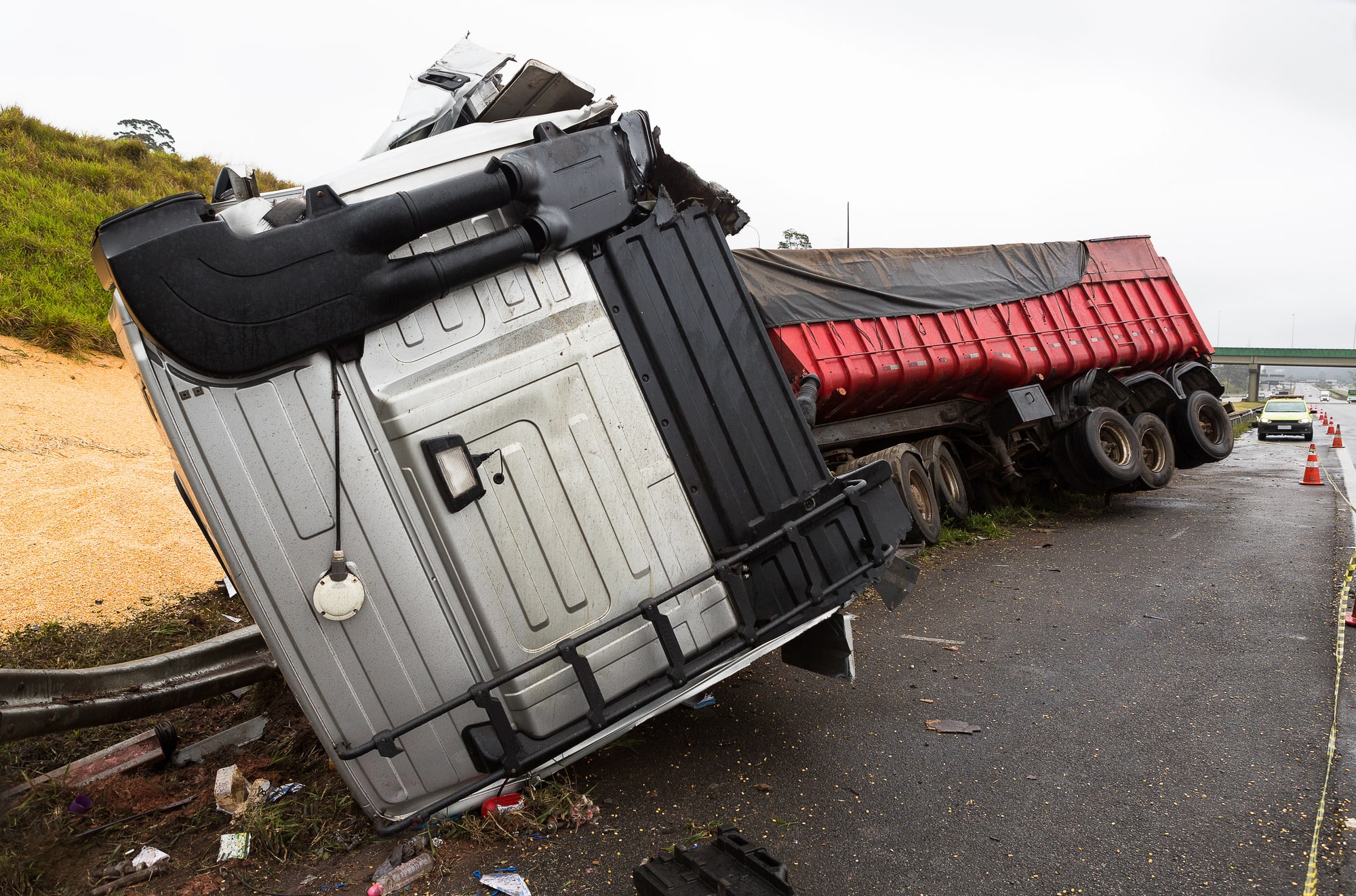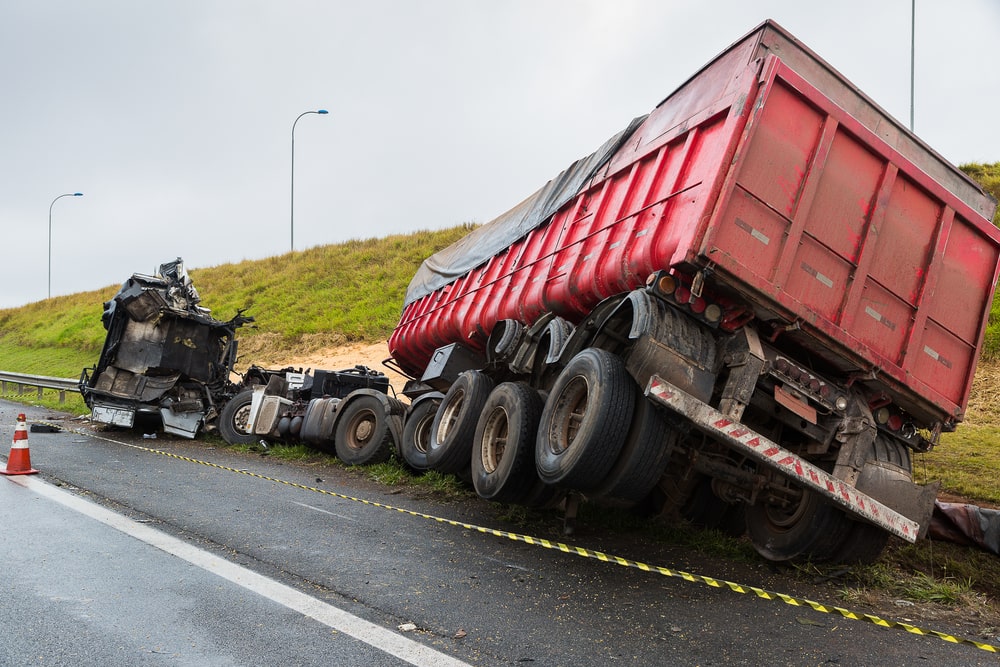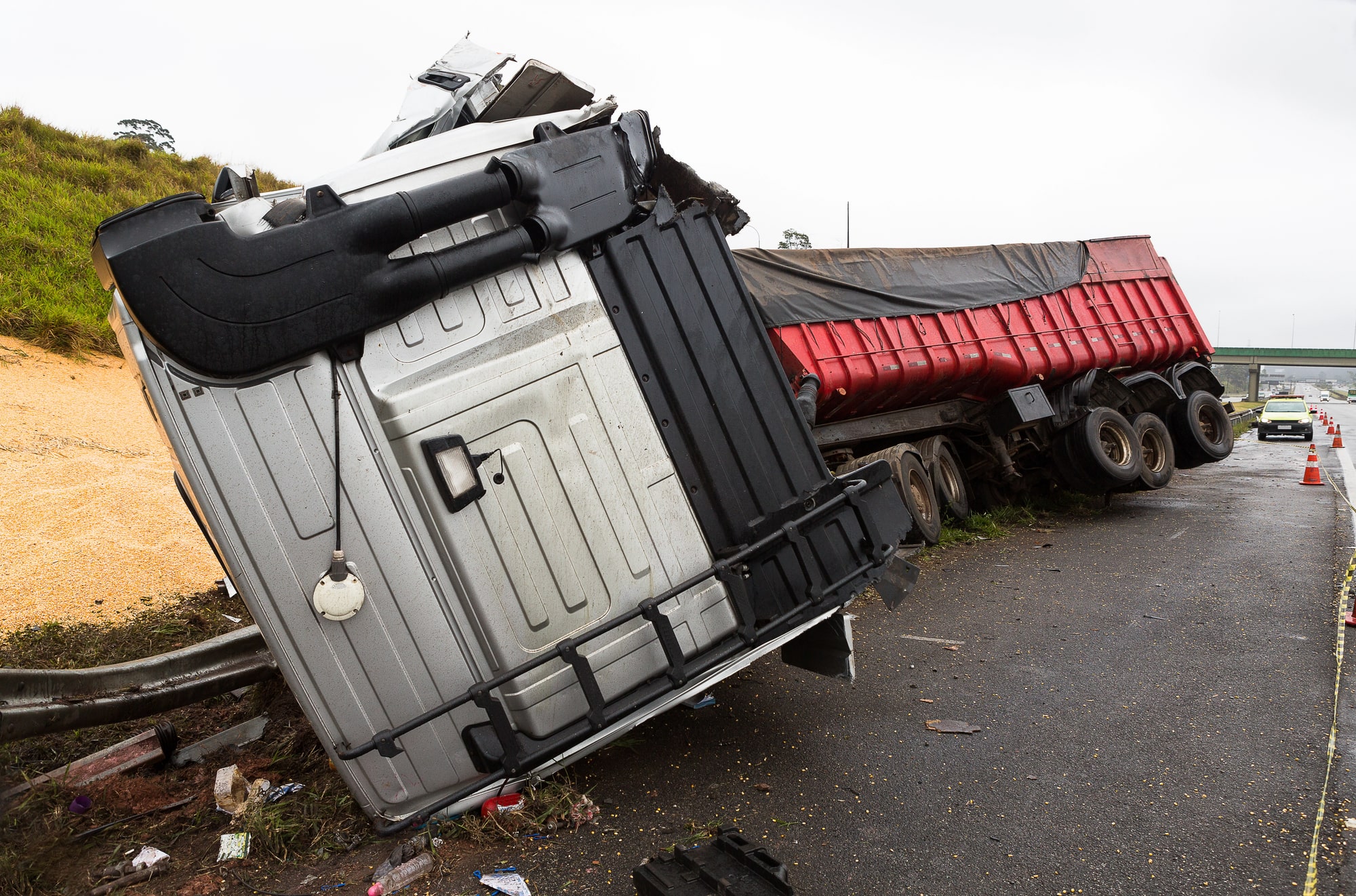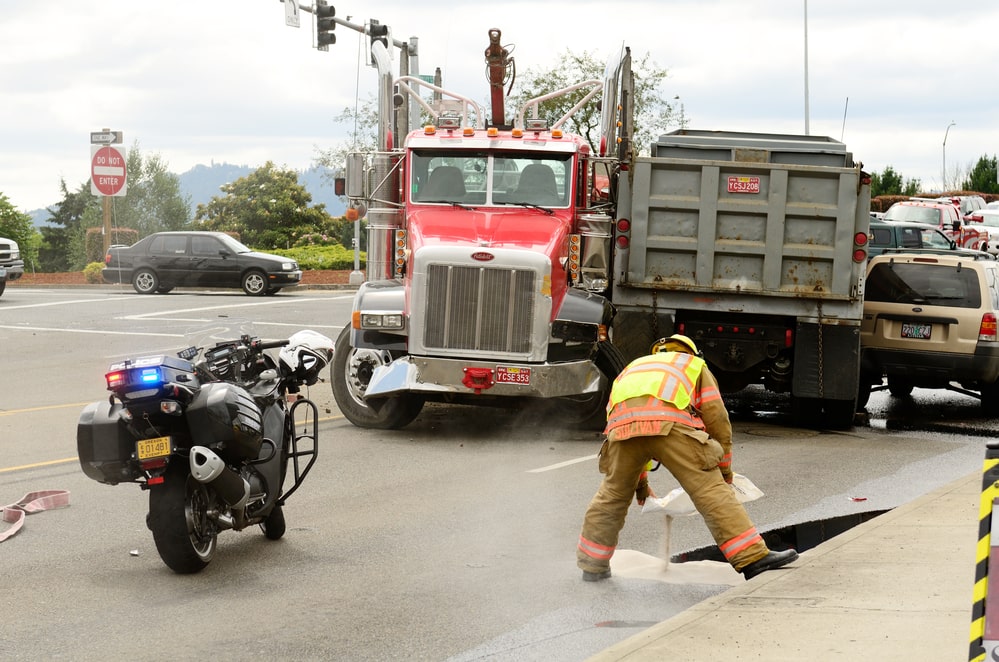Truck accidents are different from other vehicle collisions in a few key ways. In Minnesota, state and federal laws apply to commercial trucks, and that can affect liability, insurance coverage, and how claims are handled. Our Minnesota 18-wheeler accident lawyer knows that whether we’re driving next to a semi-truck on the highway or dealing with the aftermath of a crash, it’s important to be aware of how these laws work. Knowing what rules apply can help protect our rights if a collision occurs. We have helped recover millions for our clients, so don’t hesitate to call us today.
Minimum Insurance Requirements
Commercial trucks in Minnesota must carry higher insurance limits than standard passenger vehicles. This is because the potential for serious injury or property damage is greater. The minimum coverage depends on the type of cargo being transported and whether the truck operates in-state or across state lines. For example, trucks carrying hazardous materials are required to have significantly higher coverage. When we’re representing someone after a truck accident, we check all applicable insurance policies to find every possible source of compensation.
Comparative Fault System
Minnesota follows a comparative fault rule when determining who is responsible for a crash. This means that if more than one party is at fault, the percentage of fault is assigned to each party involved. If we are less than 51% at fault, we may still recover damages—but the compensation will be reduced by our percentage of responsibility. This makes it especially important to gather solid evidence early, such as witness statements, photos, and data from the truck’s black box.
Statute of Limitations
The law in Minnesota sets a deadline for filing a personal injury claim after a truck accident. In most cases, we have six years from the date of the accident to file a lawsuit. If someone is killed in the crash, the family typically has three years to file a wrongful death claim. Waiting too long to act could mean losing the right to recover anything, even if there is clear liability. We always recommend addressing legal issues sooner rather than later so that no key deadlines are missed.
Federal And State Trucking Regulations
Truck drivers and the companies they work for must follow rules set by the Federal Motor Carrier Safety Administration (FMCSA) and the Minnesota Department of Transportation. These rules include limits on how many hours a driver can be behind the wheel, required rest breaks, vehicle maintenance standards, and more. If any of these rules are broken, it may point to negligence. We often request driver logs, maintenance records, and company policies to look for violations that could have contributed to the crash.
Reporting An Accident Involving A Truck
Minnesota law requires that any crash involving injury, death, or significant property damage be reported to the police immediately. A written accident report must also be filed with the Department of Public Safety within ten days if the damage is $1,000 or more. When a truck is involved, law enforcement may conduct a more detailed investigation, especially if there are signs of unsafe driving or equipment failure.
Why This Matters
Knowing your rights under Minnesota law can make a major difference after a truck accident. From who can be held responsible to what insurance is available, these laws shape how we approach each case. At Johnston | Martineau PLLP, we’ve worked with many clients across the state who were injured in crashes involving commercial trucks. If you’re in this situation, you don’t have to figure it out alone—we’re here to help you take the next step. Call us for a free consultation today.





